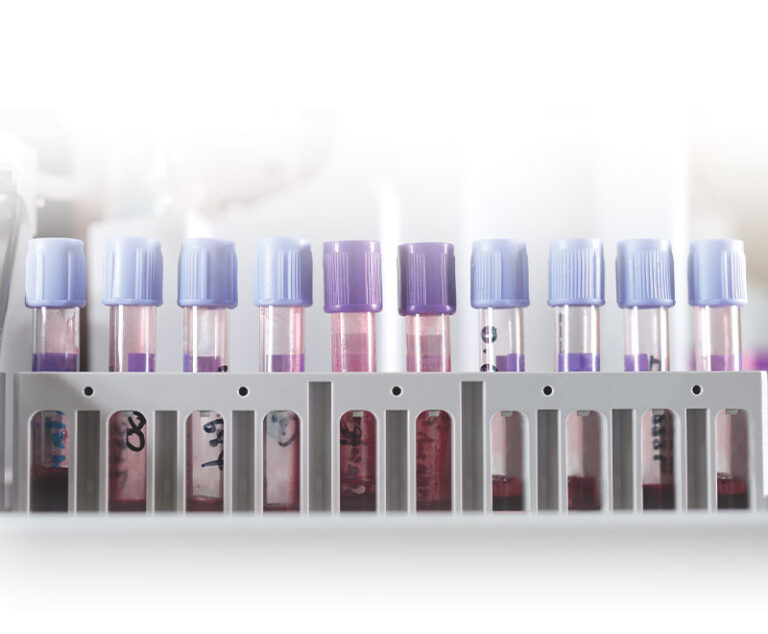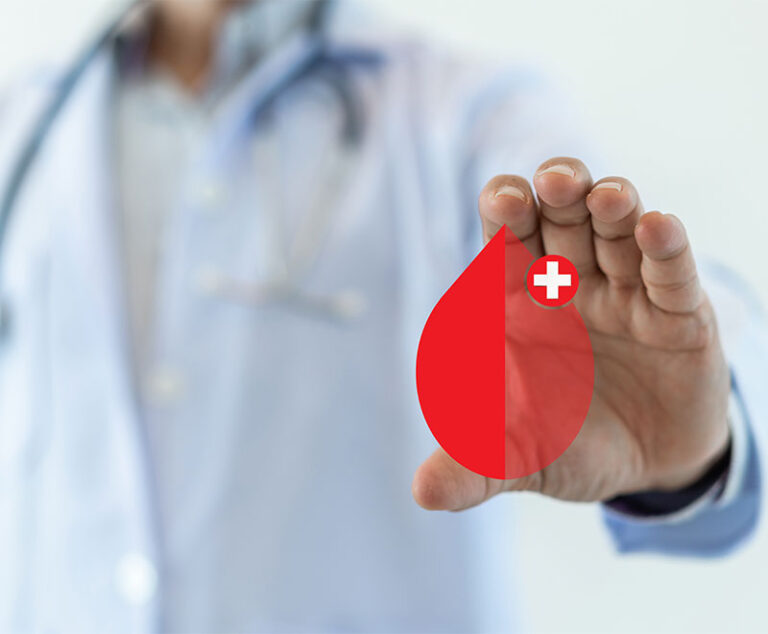Industry Insight
Information, Observation & Analysis
Therapeutics Articles
Studies are shedding light on this long-misunderstood and devastating condition that may soon have approved treatments to help prolong cancer patients’ lives.
The U.S. market for IVIG continues to grow well over 5 percent annually. What is driving the market demand?
Gene therapy is the one remaining therapeutic option for treating severe combined immunodeficiency by correcting it at its most fundamental genetic level.
Advancements in stem cell therapy may soon eliminate surgeries and cure disease, but first, the debate between two different schools of thought concerning how best to proceed needs to be resolved.
New extended half-life products represent a powerful new tool for improving the care and quality of life for persons with hemophilia.
As it has since the first commercially produced factor VIII concentrate transformed the lives of U.S. hemophilia A patients, innovation is still the life-blood of this industry.
Explore the history and trace the development of BabyBIG, the life-saving immunotherapy for infant botulism.
Still in its infancy, precision medicine holds out hope for moving directly from diagnosis to an effective tailor-fit treatment for each individual patient.
New long-acting therapeutics are changing the way hemophilia is managed, creating more choice and better treatment compliance.
For decades, donor blood stem cell transplantation has been the only potential cure for severe primary immunodeficiency disorders, but it has been limited by failure and serious complication risks. Now, a trifecta of scientific advances is transforming the prognosis for children once defenseless against life-threatening infections.
Healthcare industry stakeholders are increasingly using diagnosis-specific apps and educational gaming platforms to engage with patients, encourage compliance and even manage treatment options.
Treatment advances over the past 40 years have transformed the lives of people with hemophilia, and more innovation lies ahead.











